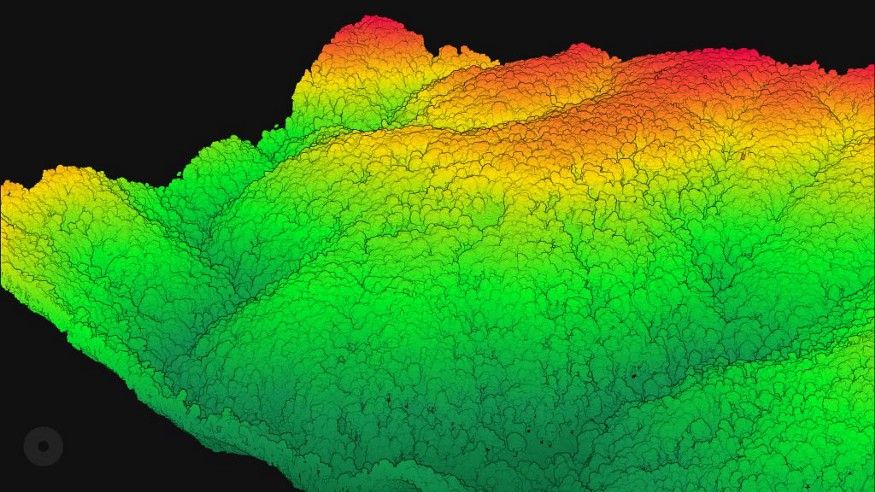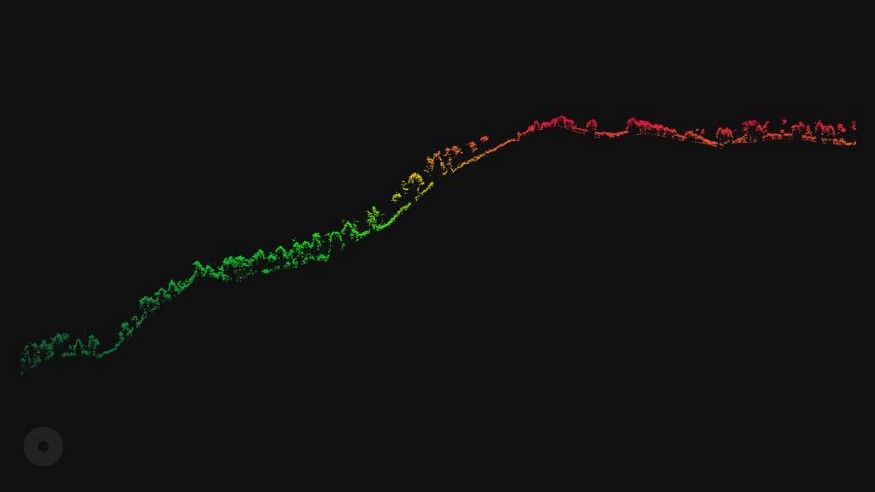The word LiDAR stands for Light Detection and Ranging, that is, using light to determine the range or distance of objects and surfaces.
This enables extremely accurate and precise remote sensing up to the millimeter, and because it is actively emitting its own light, this can be done at day or night from the ground, air or even space.
LiDAR systems work by sending hundreds of thousands of laser pulses every second, and because we know the speed of light and its refractive index, distance is measured by calculating the time it takes for light to go and return from its target.
These laser pulses are usually in the 750 nm to 1500 nm (1.5 µm) wavelenghts and last less than a millisecond, so they are safe and invisible for all lifeforms — bees or cats are sensitive to light on the opposite side of the spectrum, ultraviolet, in the 300 nm to 400 nm range.
If you know how a radar or sonar works, you can see lidar is the same principle but using different electromagnetic wavelengths, in this case, short-wave infrared light — that’s why some used to call it “light radar”.
By using LiDAR we can create high resolution 3D point clouds that range from small objects to massive surfaces, such as forests and cities.
Although LiDAR has been around in some form or another since 1961, development in the last decade has really opened up the possibilities and access to this amazing tool.
We are starting to see scanners that are becoming smaller and more efficient, already being integrated into smartphones like Apple’s iPhone 12 Pro, while at the same time capacity and resolution for heavy-duty airborne LiDAR systems has gone up from 6 pts/m2 to over 100 pts/m2 in just a couple of years — a 17x increase!

Bringing nature online
Although there are many applications and use cases in the industrial world, at Odd Industries our focus is on using LiDAR to understand our natural world.
With this technology we can identify, measure and calculate things like canopy height, biomass, and leaf area of a forest biome.
We can even go under the forest canopy to model the topography of the terrain, and see rivers and ravines of the basin.

When coupled with artificial intelligence and deep learning artificial vision, we obtain detailed censuses of the number of trees and their biomass to help us decipher the amount of carbon captured from one season to the next, or distinguish species, detect patterns, and discover correlations.
Mix LiDAR with hyperspectral and satellite imagery, and the whole is greater than the sum of its parts. Artificial vision gives us exponential improvement — and now we can do all of this efficiently at massive scale.